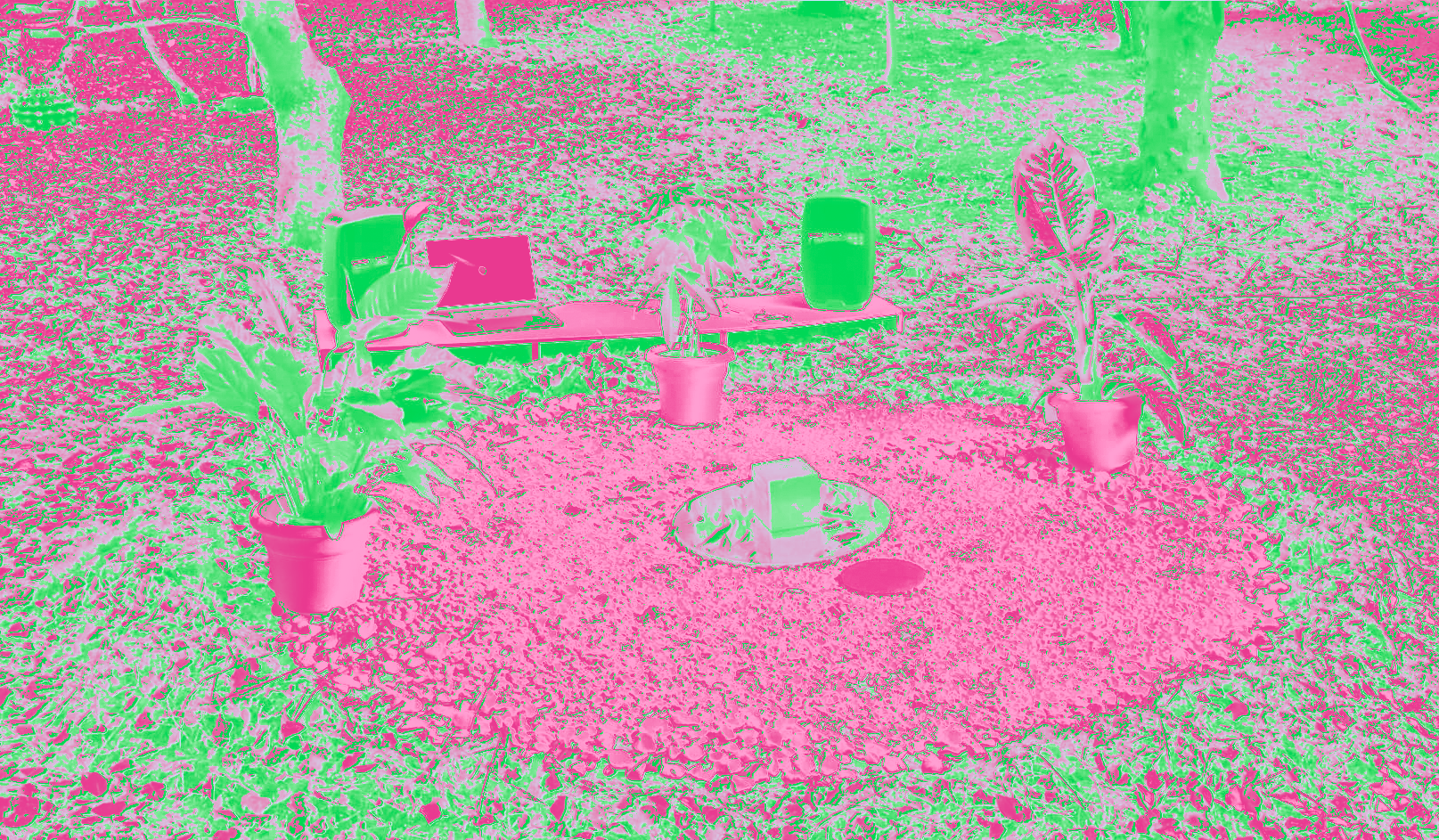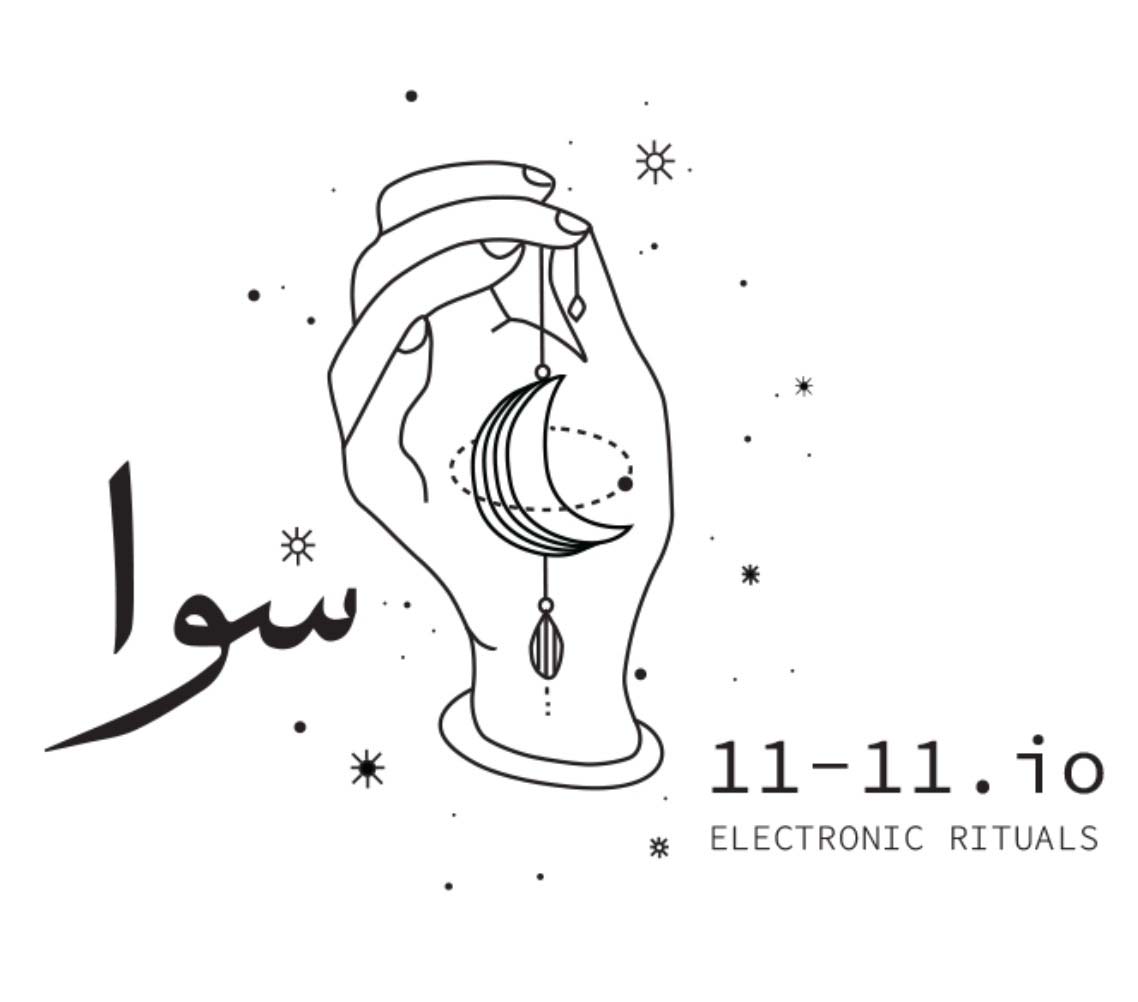11-11 LIMINALITY
Liminality refers to a state of consciousness and perception that exists on the threshold level. It involves being aware of our direction and taking a position in life. The Greek term "haptikos" suggests the ability to connect with something through touch, such as electronic codes or the natural world. In various religions, there are specific directions for prayer, such as the Qibla in Islam and the east or north in Christianity. The act of taking a directional stance is significant, as it helps us connect with something greater than ourselves. In Liminality, we re-establish our connection with nature by touching and exploring the world around us.
Liminality, the threshold of consciousness and perception, beckons us to take a position and orient ourselves in life. It is a mysterious realm where we become aware of the directions that guide us towards deeper understanding. Haptikos, the Greek word from which it derives, speaks of the power of touch to connect us to the world around us. And in this world of numbers and electronic codes, we rediscover our sense of place.
As we journey through this realm, we encounter the rich spiritual traditions of the world, from the Muslim practice of Salah, where believers turn towards the Kaaba(كَعْبَة) in Mecca, to the Christian tradition of prayer towards the East for contemplation and towards the North for action.
The connection between prayer and direction is ancient, dating back to the fourth century and beyond. For the Jews, the direction of prayer was towards Jerusalem, while for the Christians, it was marked by the symbol of the cross on the eastern wall of their churches. These traditions remind us of the power of direction in our lives.
In this realm of liminality, we touch the plants around us and reconnect with nature, as we seek to find our place in the world. Through the power of touch and the senses, we rediscover the magic and mystery of the world, and take our place in the flow of life.

